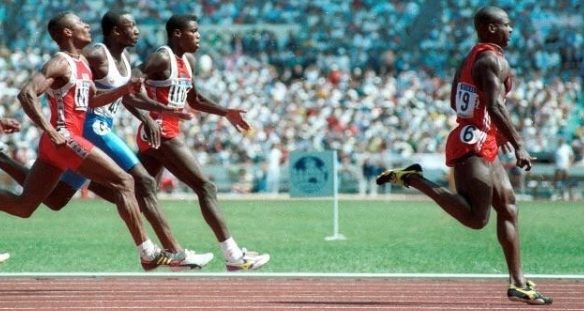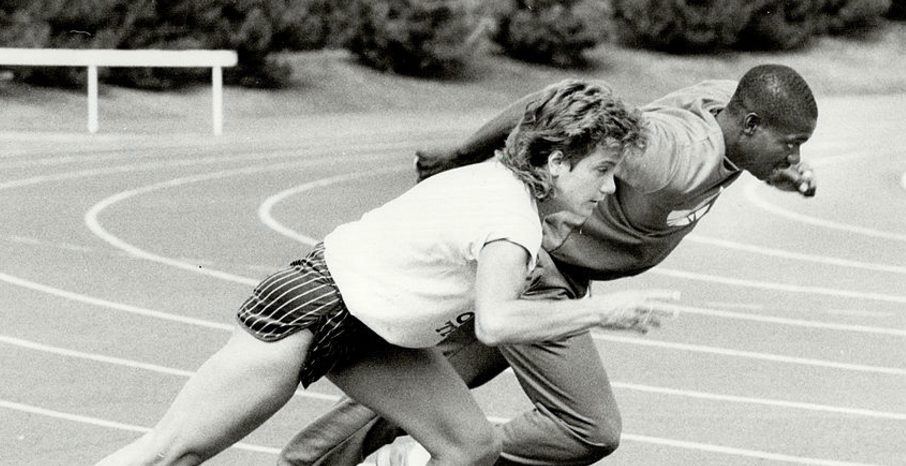New evidence suggests Ben Johnson’s 1988 Olympic lab report was tampered with
A 30-year-old lab report from Ben Johnson's 1988 Olympic drug test reveals questionable results

https://www.instagram.com/p/BjCjwUKhTnA/?taken-by=benjohnson_official
On Friday, The Toronto Star reported that Ben Johnson’s 1988 Olympic drug test report had, “a slew of handwritten scrawls and altered information.” This is the report from the sample that disqualified Johnson from the Olympics after winning gold, and had his world record struck from the record books.
According to The Star, “Turns out no Canadian Olympic team official saw Johnson’s lab report in Seoul. Or the slew of handwritten scrawls that altered information throughout the official document.”
The Star obtained a lab report, which was 30 years old this week, that showed handwritten revisions, unexplained deletions, and most importantly, confusion as to what steroid was actually in Johnson’s system.
https://www.instagram.com/p/BZRkhsbnETD/?taken-by=benjohnson_official
RELATED: Ben Johnson’s fateful 100m race was 30 years ago Sunday
During the Dubin Inquiry, Johnson confessed to being a long-time steroid user, however, he remains adamant that the steroids should have cleared his system by that 1988 race day. Johnson tested positive for the steroid stanozolol, but there was a second steroid identified in the report, oxandrolone, which was scratched out in the lab report. Johnson denies using oxandrolone, and told The Star that finding was, “a shock.”
The Canadian team reportedly took the medical commission’s word that its testing methods were unable to be attacked.
According to the Canadian Centre of Ethics in Sport (CCES) athletes have several rights and responsibilities during sample collection.
Athletes have the right to:
- A representative.
- An interpreter, if available.
- Ask for additional information regarding the sample collection process and document any concerns.
- Request a delay in reporting to the doping control station for valid reasons providing you are chaperoned during the delay.
- Request modifications to the sample collection process.
Athletes have the responsibility to:
- Remain within the sight of sample collection personnel throughout the doping control process.
- Produce identification.
- Comply with sample collection procedures.
- Report immediately to the doping control station for testing unless delayed for valid reasons.
- Maintain control of your sample until it is sealed.
In 2018, athletes often bring their coach with them during the sample process as their representative, and maintain control of their sample themselves until it is sealed. This process is supposed to discourage any tampering with samples or reports, and encourage fair and consistent testing practices.
Today, Canadian athletes have improved protection in the event that they fail a drug test.

The rules seem to have been different when Johnson gave his 1988 sample. Canada’s chief medical officer at the time, Dr. William Stanish, reportedly requested the lab information after Johnson’s test, but it was never provided. Johnson told The Star, “the medical commission’s intention was for me not to see anything with Charlie around.” Charlie is Johnson’s late coach Charlie Francis. He continues, “Charlie had a brilliant mind. He would have noticed mistakes.”

